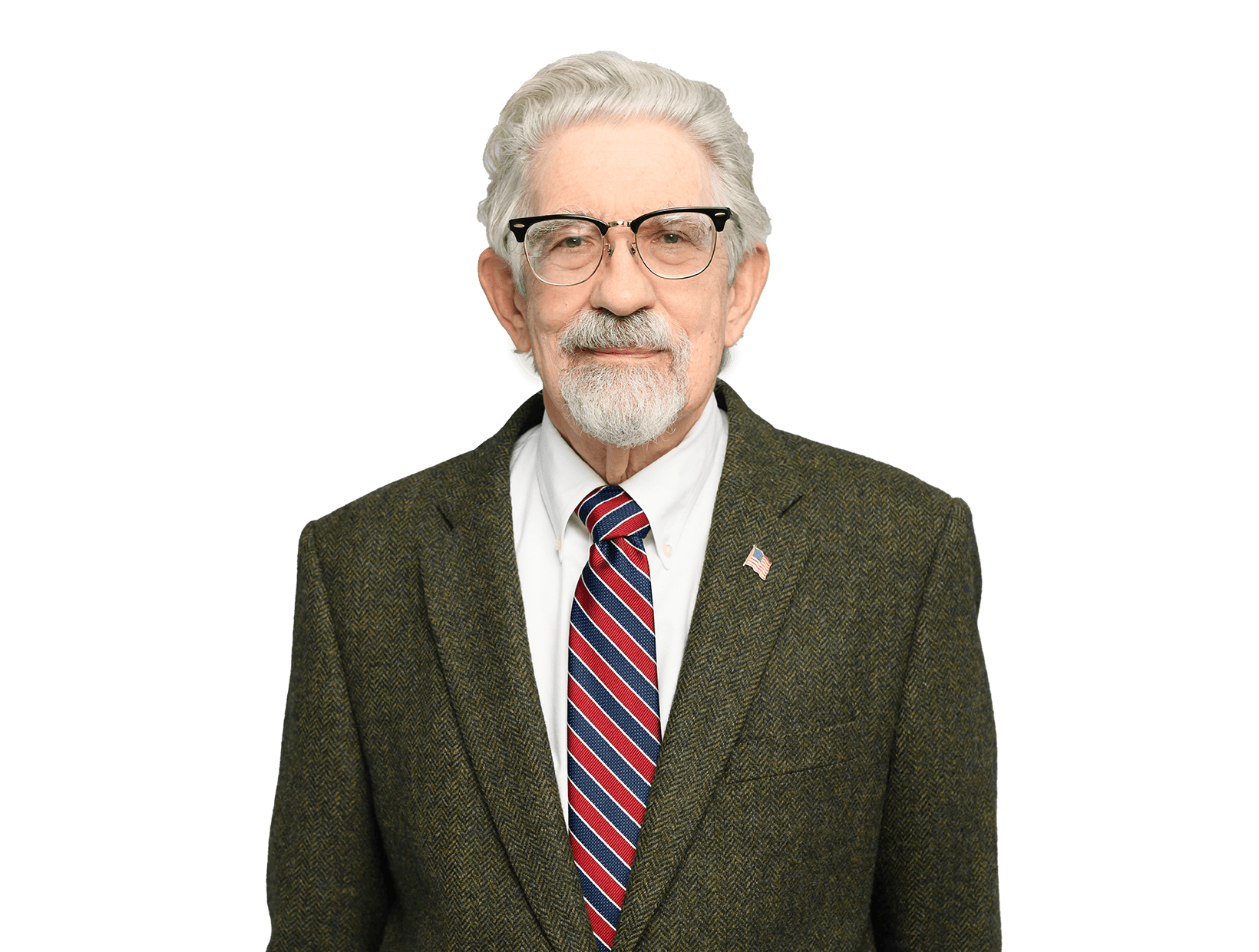In the US, infringement by equivalents is determined by use of two threshold legal tests and a factual test. Two of these three have been clarified by US courts this year.
To read the full article from WIPR, please click here.
Ensnarement of the prior art
As stated in September by the US Court of Appeals for the Federal Circuit, "a doctrine of equivalents theory cannot be asserted if it will encompass or 'ensnare' the prior art" (Jang v Boston Scientific)". The modern expression of this legal principle and use of the term "ensnare" are derived from the US Supreme Court's opinion in one of the leading DOE cases, Warner-Jenkinson v Hilton Davis (1997).
One way to evaluate whether an asserted equivalent is permissible or ensnares prior art is to answer the question "whether a hypothetical claim [drafted to include the alleged infringement] could have been allowed by the PTO over the prior art," as stated by the Federal Circuit in Wilson Sporting Goods v David Geoffrey & Associates (1990).
As explained most recently in Jang, the hypothetical claim analysis is a two-step process. First, a hypothetical claim is constructed that literally covers the accused device. Then, the prior art introduced by the accused party is assessed to determine whether the patentee has carried its burden of persuading the court that the hypothetical claim is patentable over that prior art.
The Federal Circuit precedents permit a slight broadening of the hypothetical claim, but do not permit also narrowing to avoid the prior art (although of course, the hypothetical claim could be a slight broadening of an original, narrow claim).
In Jang, the Federal Circuit affirmed the district court's conclusion that Dr Jang did not meet his burden of proving that his DOE theory did not ensnare the prior art, because he failed to draft a permissible, hypothetical claim. Jang pointed out that the hypothetical claim analysis is not the only method for assessing whether a DOE theory ensnares the prior art; however, Dr Jang had not proposed any other method in that case.
Prosecution history
The prosecution history of a US patent has long played an important role both in literally interpreting patent claims under the procedure established by the Supreme Court in Markman v Westview (1996), and in determining whether a patent claim is infringed under the DOE. These procedures have not changed significantly in the US in recent years.
In DOE analysis, one of the legal tests is to determine whether arguments and amendments in the prosecution history create an estoppel barring the patent owner from asserting equivalents infringement of a scope given up during patent examination. Such arguments and amendments create a presumption of an estoppel, which may be overcome by evidence that the limitation was not necessary for patentability. The leading cases are Warner-Jenkinson and Festo v Shoketsu Kinzoku Kogyo Kabushiki (2002) in the Supreme Court and Festo in the Federal Circuit (2003 on remand)..
Factual tests of equivalence
In the US, two alternative tests have been recognised as useful for determining factual equivalence. One is whether substantially the same function is performed, in substantially the same way, to accomplish the same (or substantially the same) result. The other is the so-called "insubstantial differences" test.
The Federal Circuit's decision in Mylan Institutional v Aurobindo Pharma, in May, authored by Judge Lourie (a PhD chemist), was in an appeal of a preliminary injunction. The district court had purported to use function-way-result (FWR) analysis in determining that manganese dioxide was "equivalent" to the literally claimed silver oxide as an oxidiser in the process patent claims. The Federal Circuit reversed the district court's equivalents FWR analysis, because it failed to consider the "way" prong of that test.
In Warner-Jenkinson, the Supreme Court had recognised that while "the triple identity [FWR] test may be suitable for analysing mechanical devices, it often provides a poor framework for analysing other products or processes". On the other hand, the insubstantial differences test offers little additional guidance as to what might render any given difference "insubstantial". Although that opinion said, "we expect that the Federal Circuit will reexaminene the formulation of the test for equivalence in the orderly course of case-by-case determinations", the Federal Circuit has said little on which test should be used until recently.
The Aurobindo opinion picked up on the almost forgotten suggestion in Warner-Jenkinson that the "insubstantial differences" test may be preferable to the FWR test for determining DOE infringement in chemical cases. The Aurobindo opinion used aspirin and acetaminophen as an example, pointing out that they have the same function, way and result, but have completely different chemical structures. Aurobindo suggests that "when the case goes back to the district court for a full trial on the merits, the court may wish to consider the substantiality of differences test may be more applicable in this case".
Burdens of the parties
In US litigation, there are both burdens of proof and intermediate burdens of proceeding with evidence. The ultimate burden of proof of infringement, including DOE infringement, rests on the patent owner. The burden of proceeding on issues at various stages has not always been clear.
Jang confirms that the patent owner has the burden of proposing the scope of asserted DOE infringement, by a hypothetical claim analysis or other analysis. The opinion made it clear that the patent owner cannot leave that task to the court. Jang also confirms that the burden of producing evidence of prior art to challenge a hypothetical claim rests with an accused infringer, but the burden of proving patentability of the hypothetical claim rests with the patentee.
The Jang opinion also made it clear that the ensnarement inquiry has no bearing on the validity of the actual claims asserted in the case. Therefore, the accused party's burden of proving invalidity of the actual claims by clear and convincing evidence is not applicable to the ensnarement inquiry.
